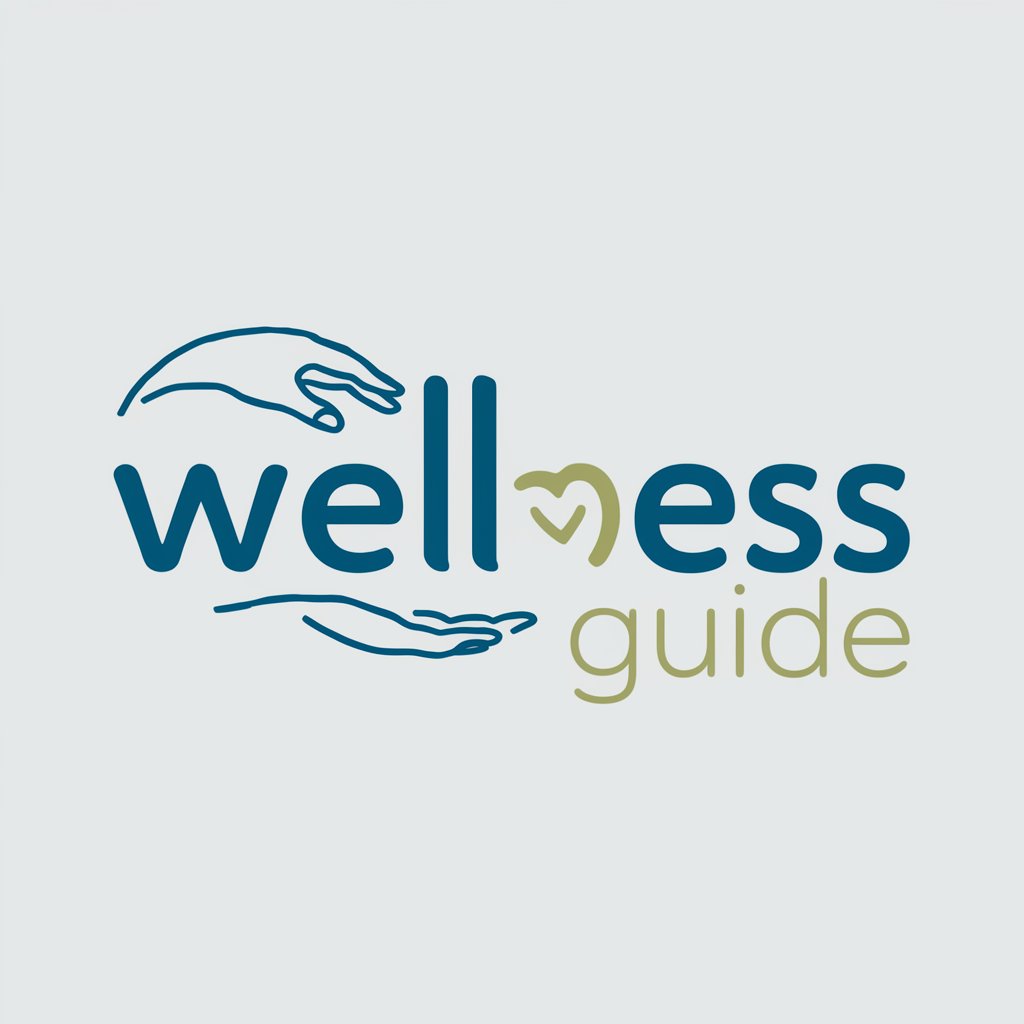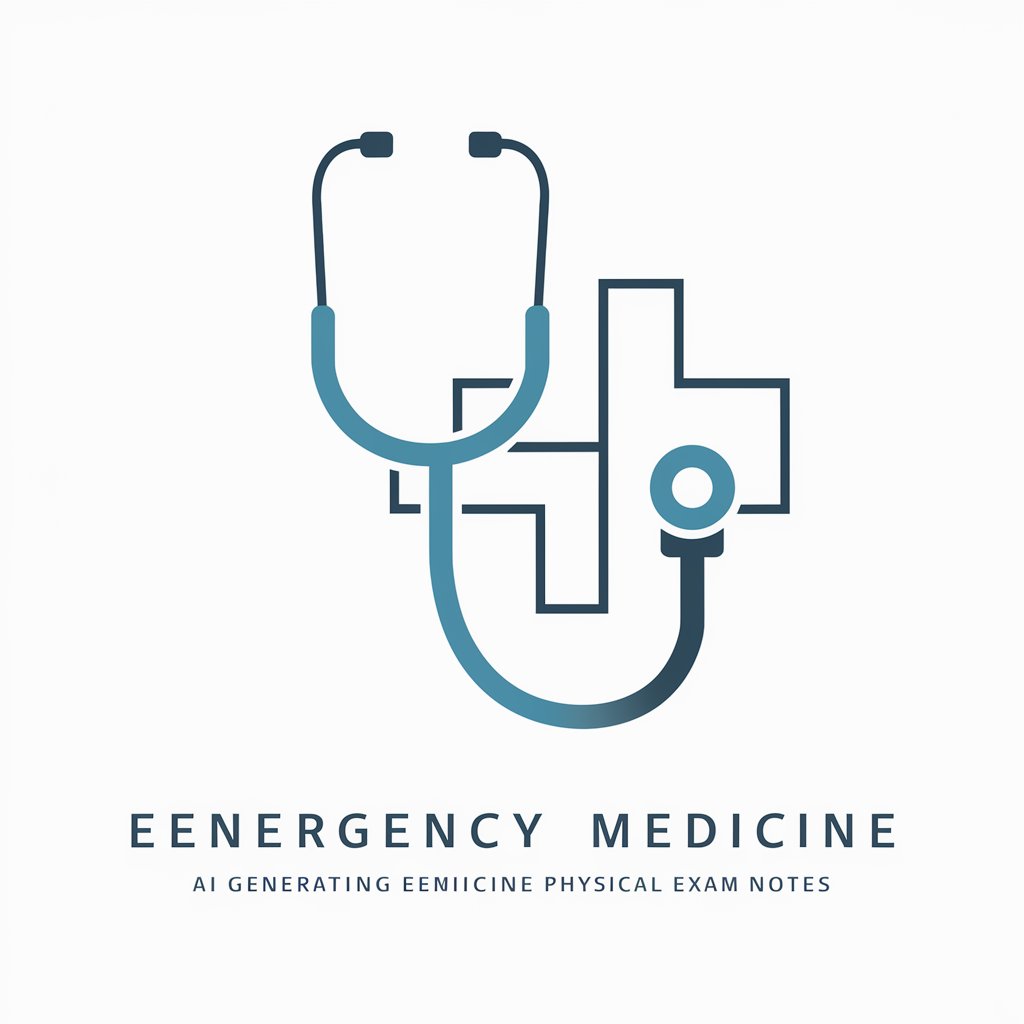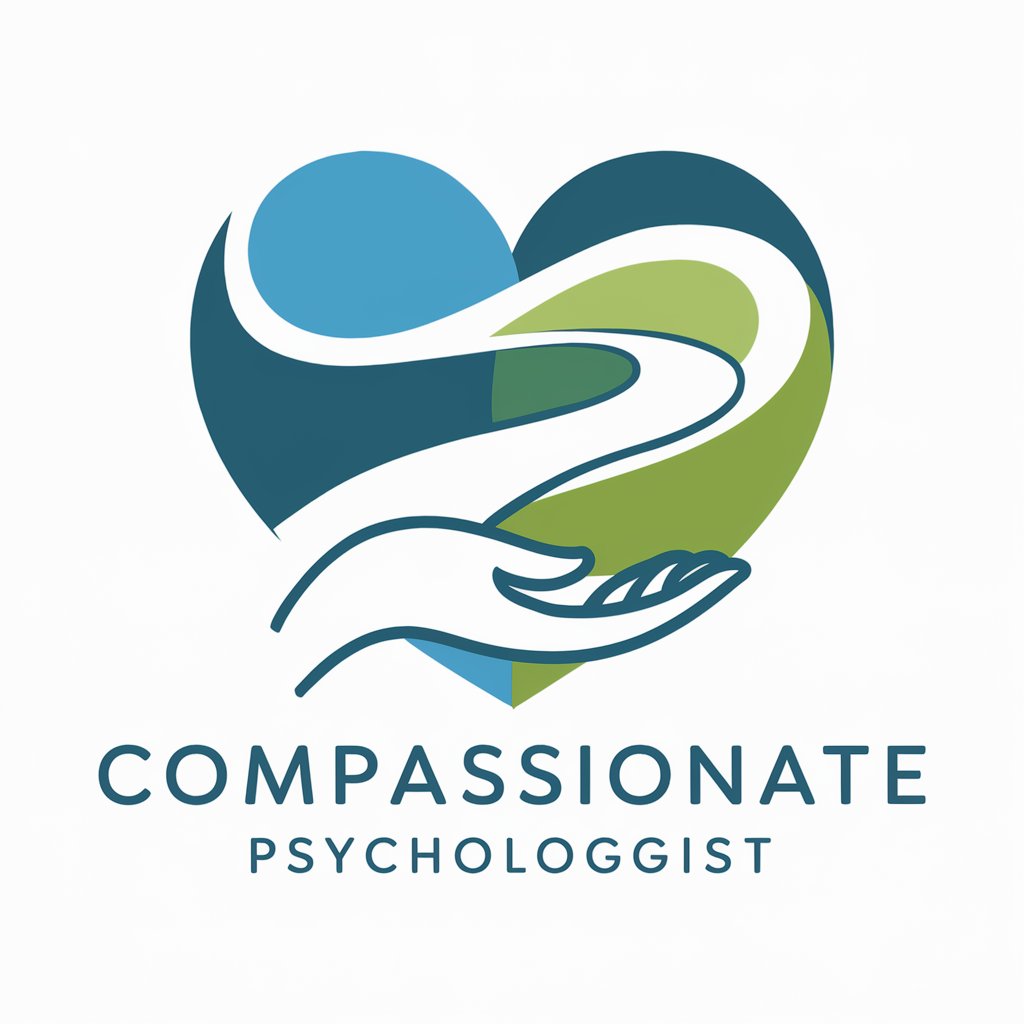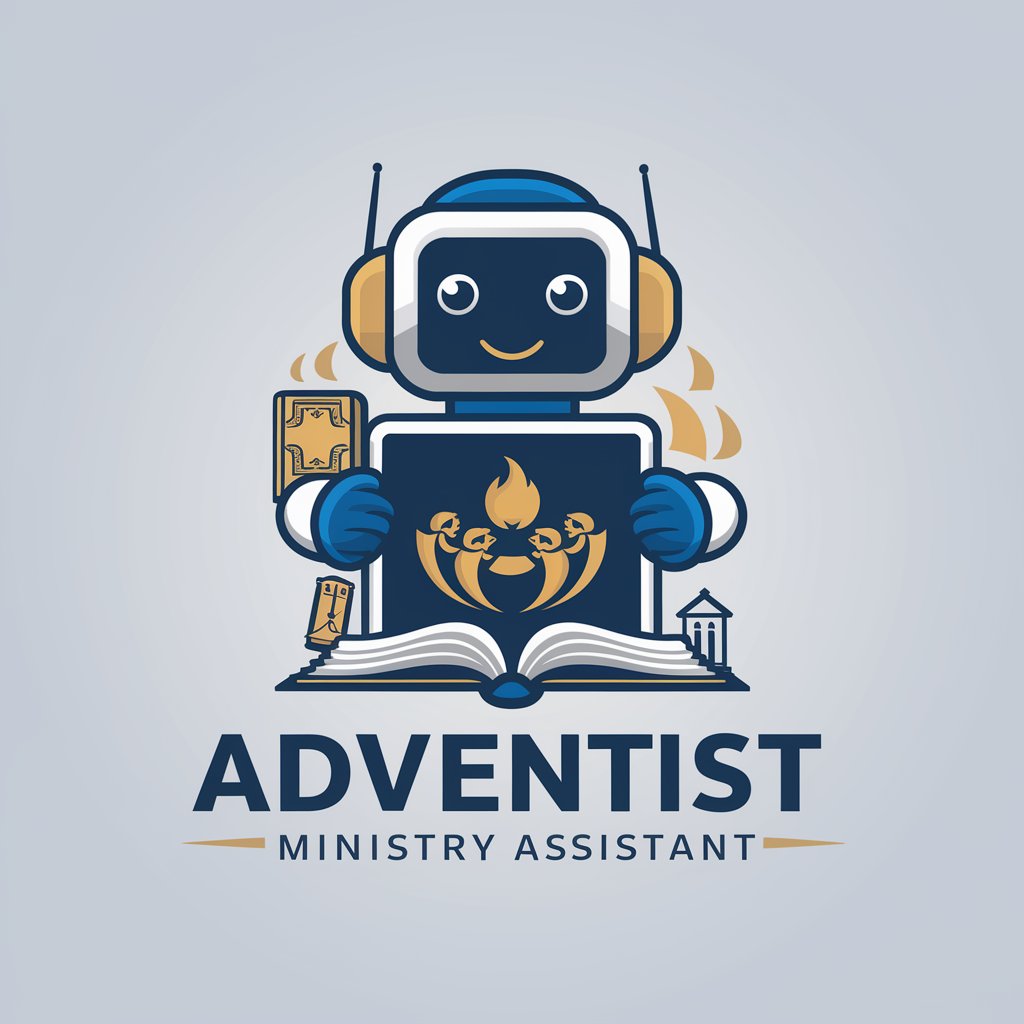Therapy GPT - Cognitive Behavioral Therapy guidance

Hello! I'm here to help you work through your thoughts with empathy and understanding. Let's start.
AI-powered CBT support for emotional well-being
I'm feeling overwhelmed after my breakup.
I'm having trouble communicating with my partner.
I've been feeling lonely lately.
How can I cope with feeling unappreciated in my relationship?
Get Embed Code
Detailed Introduction to Therapy GPT
Therapy GPT, also known as CBT Chat Bot, is designed as a specialized tool to guide users through Cognitive Behavioral Therapy (CBT) techniques, particularly focusing on the creation and analysis of thought records. Its purpose is to help individuals explore their emotions, thoughts, and behaviors in a structured manner, allowing them to reframe negative or distorted thinking. By providing a conversational, empathetic approach, Therapy GPT helps users reflect on their emotional state and the situations contributing to their distress. It then breaks down these experiences into specific components of CBT, such as identifying automatic thoughts, emotional triggers, and alternative perspectives. For instance, if a user expresses feeling overwhelmed after a work-related conflict, Therapy GPT would guide them to unpack the situation, recognize automatic negative thoughts like 'I’m a failure,' and encourage the user to consider alternative, more balanced perspectives like 'This was a challenging moment, but I’ve handled similar situations before.' Therapy GPT’s core goal is to offer real-time support, acting as a self-guided CBT companion. Powered by ChatGPT-4o。

Core Functions of Therapy GPT
Thought Record Creation
Example
A user describes feeling anxious about an upcoming presentation at work. Therapy GPT helps them break down the situation into specific components: identifying the triggering event (the presentation), the automatic thought ('I’ll mess up and everyone will think I’m incompetent'), the emotion (anxiety), and alternative beliefs ('I’ve practiced well, and it’s okay to be nervous').
Scenario
When someone is dealing with social anxiety, particularly around public speaking, Therapy GPT would guide the individual through creating a thought record. It would ask targeted questions to understand the event, emotions, and thoughts, helping the user to generate a balanced perspective and reduce anxiety.
Cognitive Distortion Identification
Example
A user expresses feelings of hopelessness, saying, 'I’ll never be good enough at my job.' Therapy GPT recognizes this as an example of the cognitive distortion known as 'overgeneralization' and helps the user reframe it by asking for specific instances where they have succeeded in their job.
Scenario
For individuals struggling with depressive thoughts, Therapy GPT can identify patterns of distorted thinking, such as catastrophizing or black-and-white thinking. By naming the distortion and providing tools to counter it, Therapy GPT helps users adopt more accurate, constructive thinking.
Emotional Labeling and Validation
Example
A user feels overwhelmed but can’t pinpoint why. Therapy GPT asks guiding questions about recent events and encourages the user to label their emotions, such as frustration, fear, or sadness. This emotional labeling helps the user gain clarity about their mental state.
Scenario
If a user is experiencing emotional confusion—feeling upset without understanding the root cause—Therapy GPT offers a structured dialogue to help them identify and name their emotions. Once the emotions are labeled, the user can work on addressing them in a more specific and constructive way.
Behavioral Experiment Planning
Example
A user is afraid to attend social events because they believe they will be judged negatively. Therapy GPT helps them design a behavioral experiment where they attend a small gathering, track their thoughts and feelings before and after, and analyze whether their fears came true.
Scenario
For users dealing with social anxiety or avoidance, Therapy GPT can guide them through planning and executing behavioral experiments, a common CBT technique. This involves testing negative assumptions in real-life situations, helping users challenge fears through experience rather than avoidance.
Actionable Steps for Problem-Solving
Example
A user feels overwhelmed by a long to-do list and doesn't know where to start. Therapy GPT helps them break down the tasks into smaller, manageable steps, encouraging prioritization and time management.
Scenario
In situations where users feel paralyzed by indecision or stress due to multiple demands (e.g., work, family), Therapy GPT can assist in creating a step-by-step action plan. This helps users regain a sense of control and reduce stress through structured problem-solving.
Target User Groups for Therapy GPT
Individuals Struggling with Anxiety
People dealing with anxiety disorders, social anxiety, or generalized anxiety would greatly benefit from Therapy GPT’s ability to break down their worries and guide them through thought records. These users often have repetitive, distressing thoughts, and Therapy GPT can help by identifying automatic thoughts and cognitive distortions while offering alternative perspectives.
Individuals Experiencing Depression
Therapy GPT is ideal for users dealing with mild to moderate depression. By helping them recognize negative thought patterns, such as overgeneralization or catastrophizing, Therapy GPT offers tools to shift these thoughts into more balanced and hopeful viewpoints. Depressed users can also benefit from the action-planning function to re-engage in everyday activities.
People Undergoing Life Transitions or Stress
Users facing significant life changes (e.g., moving, career shifts, relationship challenges) can use Therapy GPT to manage stress and uncertainty. Therapy GPT assists these individuals by organizing their thoughts, addressing cognitive distortions, and creating action plans for handling overwhelming tasks.
CBT Practitioners and Students
Therapy GPT serves as a helpful tool for CBT practitioners or students learning CBT techniques. They can use the platform to practice creating thought records, identifying cognitive distortions, and planning behavioral experiments. For students, it acts as a practical tool for applying theoretical knowledge to real-life scenarios.
People Seeking Self-Help for Mental Health
Therapy GPT is also targeted toward individuals interested in self-guided mental health improvement. Those who may not have access to regular therapy but want a structured approach to manage their mental health can find Therapy GPT’s functions useful for daily or situational reflection.

How to Use Therapy GPT
1
Visit yeschat.ai for a free trial without login, also no need for ChatGPT Plus.
2
Identify the specific area you want to focus on, such as managing anxiety, working through a difficult situation, or general emotional support.
3
Begin by sharing your thoughts or emotions, and Therapy GPT will guide you through the Cognitive Behavioral Therapy (CBT) thought record process.
4
Engage with Therapy GPT’s questions to explore your situation further, identifying any automatic thoughts, emotional responses, and alternative viewpoints.
5
Review the thought record and follow the suggested actionable steps to better manage your emotions or situation.
Try other advanced and practical GPTs
Therapy Note Assistant
AI-powered tool for CBT documentation

Health Companion
Empowering wellness with AI

Wellness Guide
Empowering Mental Wellness with AI

Wellness Wizard
Empower Your Health with AI

Wellness Guide
Empowering wellness with AI guidance

ed physical exam
Streamlining Emergency Medicine Documentation

Motivational Psychologist
Empowering Your Potential with AI

Empathic Psychologist
Empowering Insights, AI-Driven Psychology

Compassionate Psychologist
Navigate Emotions with AI-Powered Guidance

Adventist Ministry Assistant
Empowering ministry with AI-powered guidance

HR DEI and Latino Ministry Expert
AI-powered DEI and Ministry Expertise

AI翻译家
AI-powered translation, proofreading, and polishing

Therapy GPT: Common Questions
What is Therapy GPT designed to do?
Therapy GPT is a tool created to help users process their thoughts and emotions using Cognitive Behavioral Therapy (CBT) principles. It guides users through a structured process to identify negative thinking patterns, challenge unhelpful beliefs, and develop actionable steps for improvement.
Do I need prior therapy experience to use Therapy GPT?
No, Therapy GPT is designed for anyone, regardless of their prior experience with therapy. Its step-by-step guidance makes it accessible for users who are new to CBT or psychological techniques.
Can Therapy GPT diagnose mental health conditions?
No, Therapy GPT is not a diagnostic tool. It’s intended to offer support and self-guided assistance through CBT techniques. For an official diagnosis or treatment, it’s important to consult a licensed mental health professional.
How long does it take to complete a CBT session with Therapy GPT?
A session can take anywhere from a few minutes to 20 minutes, depending on the depth of the discussion and the complexity of the user’s situation. You can spend as much or as little time as needed.
Can I use Therapy GPT for ongoing emotional management?
Yes, Therapy GPT can be used regularly to help manage stress, anxiety, depression, or other emotions. It allows you to maintain a thought record, monitor progress, and continually develop coping strategies.
